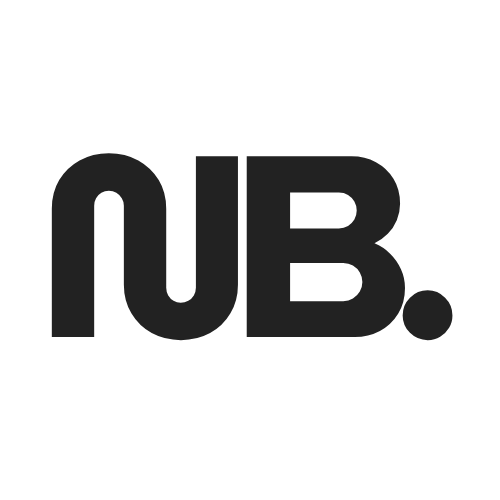If you’re considering starting a blog but are a bit overwhelmed by the process, these easy steps will provide you with the much-needed direction.
Blogging isn’t rocket science, but as a beginner, it might be helpful to take your time and spread the tasks out over 7 days or even less.
Some steps are straightforward and can be easily combined with others. The total process involves the following:
- Finding a niche
- Finding and securing the right domain name + hosting
- Securing social media handles and usernames
- Determining your productivity stack or toolkit
- Make a list of your first 10 blog topics
- Write 3 articles
- Choosing a WordPress theme
- Create a logo
- Build the blog
- Start publishing
Affiliate Disclosure: Some links might be affiliate links. I might earn a small commission when you buy through my links. If you do, please know I only support brands or companies that I either use myself or fully believe are beneficial for my readers. Thank you!
Day One: Finding Your Niche
This can be extremely challenging. Especially when bloggers confuse niches with industries.
- Finance is an industry, but retirement tips for Gen Z is a niche
- Food is an industry, but vegan food for kids with diabetes is a niche
Know the difference.
If you’re struggling to find your niche, you could:
- Note down your personal interests
- Current career and what you love about it
- Passions (can differ from interests)
Find an overlap and see what stands out for you.
If you’re stuck, make a list of industries first and start filtering down.
You don’t need to pinpoint your exact niche, but the choice can influence your domain name, brand name, and strategy.
Day Two: Domain Name, Hosting & Securing Handles
If possible, always go for a .com domain. (Yes, the irony here is that I am using .co) And if .com is not available, go for the next best thing, which is .co.
Don’t settle for a weird domain name extension to save a buck.
.Com domains are widely known, trusted, and are often typed in by users in their search bar.
If you’re going to pick a domain name, consider this:
- Choose a generic name that provides flexibility with no specific niche
- Use your personal name if you aim for personal branding. (I do this with jiblogs.com)
- Pick a specific name related to your niche
Generic brand names allow you to pivot in case you decide to wake up and want to switch from vegan food to tech reviews.
A specific domain name, like nicheblog.co, eliminates the option, but makes it clear for readers what the content is about.
Domain Registrar Recommendations
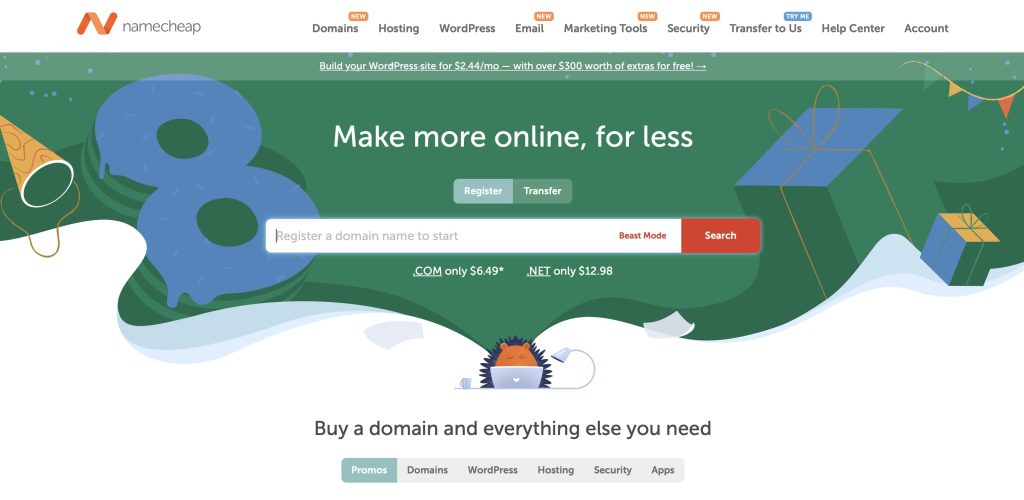
Don’t use platforms like GoDaddy. They charge double or triple and have often unethical practices.
Also, always register your domain separately and buy your web hosting somewhere else.
Read My Detailed Guide: Cheapest Domain Registrars For Your Blog
WordPress Hosting
With over 330,000 web hosting companies to choose from, you could say there’s one around every digital corner on the web.
But that doesn’t mean they’re all great options.
For more details on why I chose WordPress, you can read my Beginner’s Guide.

Even if you were to search for the term “cheap WordPress hosting”, you end up getting the same recommendations because they’re fueled by high affiliate payouts.
- Expect to pay $40-$300 per year for good hosting
- Set a budget for yourself
- If possible, pick a yearly plan because it comes with additional discounts
Below are my recommendations, and they’re great for every blogger:
- Stablepoint – Starts from $2/month, but I recommend the mid-tier option
- Krystal Hosting – Starts from $19/month, and is highly recommended by Reddit
- WPX Hosting – Starts from $20/month, and is one of the fastest out there
- Kinsta – Starts from $30/month, and is a great option for high-traffic blogs
Don’t get blinded by the cheapest ones. Your hosting provider is the engine that can make or break your traffic and potential earnings.
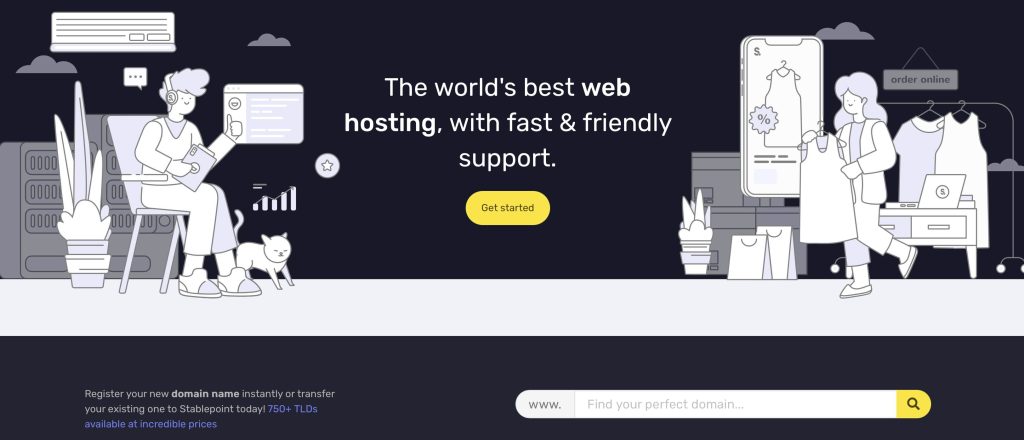
Shared cheap hosting can cause slow loading times, and that will have an impact on how visitors respond.
If a page loads too slowly, users may click away and never read the content you’ve put so much effort into.
Read also: Best Cheap WordPress Hosting For Niche Blogs
Securing Usernames & Social Media Handles
Once you have decided on the domain name and your web hosting, I would immediately start securing your usernames, brand names, and social media handles.
Even if you have no immediate plans to use them, securing them earlier cannot hurt.
Otherwise, you might live with the regret of someone else snatching them away from you.
Create a separate free Gmail account, and register all your social media accounts with that specific email address.
I would go for:
- Threads
- X
- Bluesky
- Facebook Page
My emphasis is on Pinterest, as it’s the best platform for generating organic, quality traffic.
Day Three: Your Productivity Stack & First Blog Topics
I have to admit that I used to spend way too much time “perfecting” my toolkit and productivity stack, just to land on a few tools that work great together.
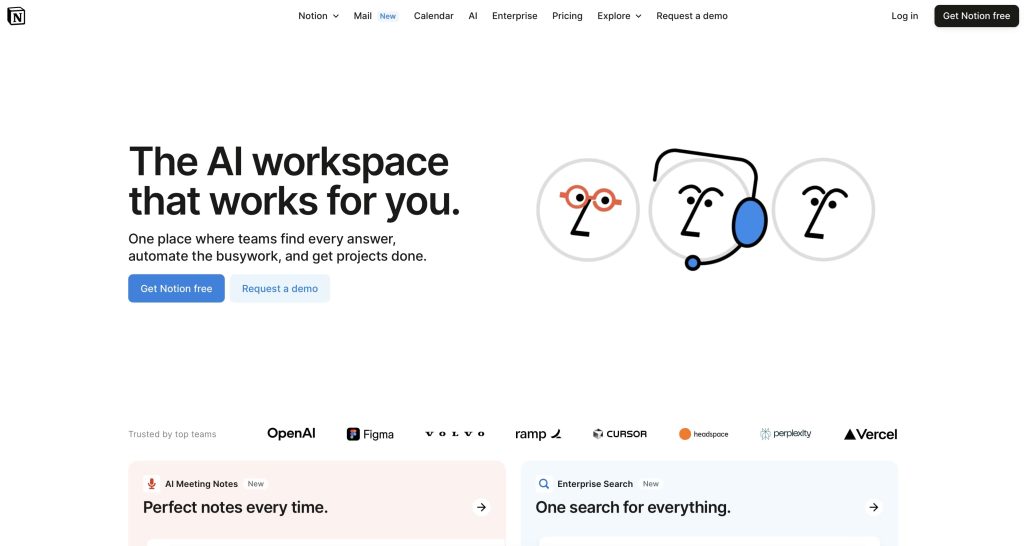
Here’s my current stack, if you want to draw some inspiration:
- Notion for blog drafts, planning
- Apple Notes for quick notes
- Canva for blog post & Pinterest images
- Dropbox for storage, but Google Drive is an alternative
- Dropbox Paper, to keep a backup of my blog posts + final edits
- Claude AI, ChatGPT & Perplexity for research
That’s it.
But you can pick whatever works best for you. I just happen to use Apple devices only, and 90% of my work is done on an iPad Pro.
I use Notion for most of my work, and writing in Notion is a joy (personal opinion), and has gotten better ever since Apple Intelligence works in the iPad App to assist me in my writing.

Even though I have a premium subscription with Notion and Canva, you can do just fine with the free plans until you scale.
I use AI tools and agents for research purposes and to assist me in my writing. Not to do the writing for me.
They help me overcome writer’s block or find additional inspiration when a blog post requires more details.
Make A List Of Your First 10 Blog Topics
Doesn’t need to be exact science, but at least start noting down some ideas that can serve as a source of inspiration.
I would not start thinking about SEO just yet, because a lot of new bloggers are stuck at their first few topics when trying to “do it right” from the first day.
My first 10-30 blog posts were far from “SEO Optimized”. I just wanted to start writing and draw new inspiration from published content.
- Think of topics you like and care about, even if it’s generic
- Include an intro post on why you started this blog or journey
- Use ChatGPT or Perplexity for additional inspiration
Store your topics and inspiration in Notion or your preferred note-taking app, and come back the next day with a fresh perspective.
Day Four: Write 3 Blog Posts
Three blog posts may seem excessive for a single day, but there’s no need for them to be academically on point, nor do they have to be epic long stories.
400-500 word articles will do just fine, and the length of your blog post doesn’t matter at all.
Ideally, you do this on a free day, isolated from anyone else, so you can write without distractions.
- One in the morning
- One in the afternoon
- One in the evening
Those blog posts will never be perfect, and that’s never going to be. The exercise aims to get you moving and help you“get into the zone” as a new blogger.
Day Five: Selecting A WordPress Theme & Logo Design
If you’re on a shoestring budget, then visit the theme gallery from WordPress.org.
There are over 12,000 free themes available, and most of them are lightweight, ensuring better performance.

If you’re not familiar with WordPress or unsure about designing your blog layout, you can always opt for a premium paid theme from marketplaces like Themeforest.
For $19-$60, you can find a nice-looking theme that has out-of-the-box designs.

Ensure that you choose a theme developed by a reputable author who regularly updates their past themes.
I moved away from Themeforest, unless it’s for an e-commerce solution. This blog and my personal blog run on the new, improved block editor by WordPress.
Since they’re both content-driven, I care more about speed and performance than aesthetic design.


If you’re a beginner, just start with a simple layout. You can tweak, improve, and build a better layout after you’ve gotten more familiar with WordPress.
Logo Design
You’re not running a unicorn or SaaS startup. Logos for blogs should be simple, clean and very straightforward.
Simply use Adobe Express or Canva, start customizing free templates, and you’re good to go.
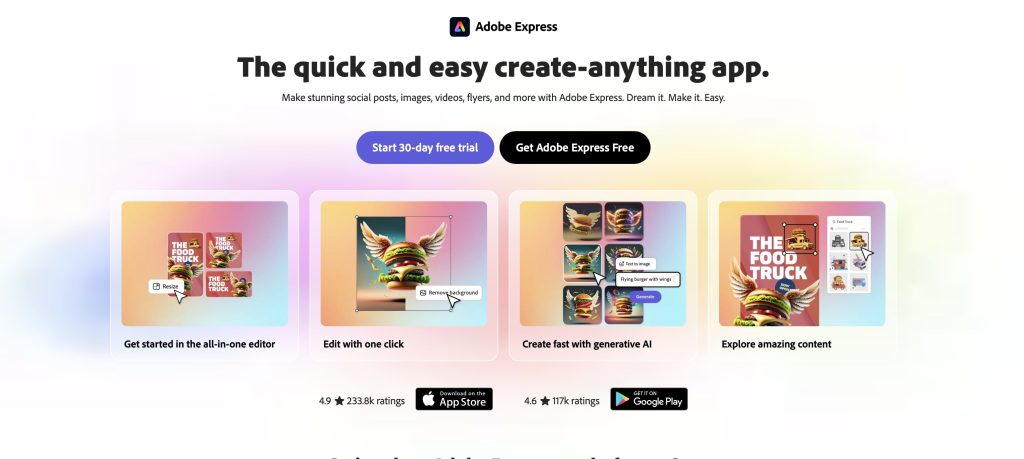
Take some time to think about what it represents and whether it resonates with your audience, brand, or niche.
That logo will be used across all channels, platforms, and serves as your baseline for future branding.
Day Six: Building Your Blog
If you’re going for one of my web hosting recommendations or traditional WordPress hosting, then you will end up with DirectAdmin or cPanel as a backend to manage, install, and maintain your website.
Most hosting providers have Softaculous installed in your admin panel, and you’re able to install WordPress with one click.
What you need to consider is:
- Clean homepage
- Simple blog layout
- Contact page
- About page
- Affiliate disclaimer
- Privacy policy
I suggest you visit your favorite bloggers and check how they built it.
Your focus will be on publishing, rather than aesthetics.
Day Seven: Start Publishing
Assuming you write the 3 articles, publish them all at once.
It makes your blog less empty and something you can already share with the world, Reddit, or family and friends.
Even if you’re not satisfied with the quality of your post, you can always revisit your old content and make improvements to the parts you’re not happy with.
Once you start publishing, you’re at a point of no return.
- Blogging is a responsibility
- Successful blogs post twice a week, sometimes even more
- It’s a long journey before you can make money blogging
Blogging is a marathon, and 90% of bloggers either fail or give up within the first 12 months of starting.
If you find it challenging to publish twice a week, begin with a pace that suits you and gradually increase the frequency.
If you’re consistent enough, those efforts will pay off in traffic after 6-18 months.
Final Word
Starting a blog doesn’t have to be overwhelming, and I think seven days is an ideal number to take it from zero to one.
Spreading those goals allows you to stay focused and achieve milestones that are reasonable enough as a beginner.
Treat it like a tiny business from day one, and don’t cut corners on your web hosting.
Speed, stability, and good customer support provided by the hosting provider can save you a lot of money.
Good luck with your blogging journey!
